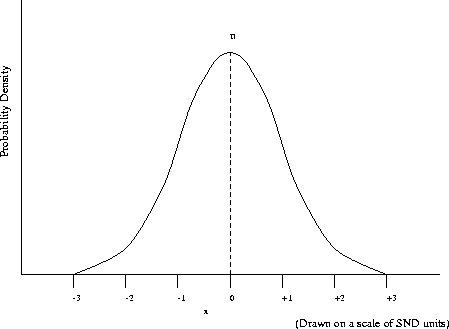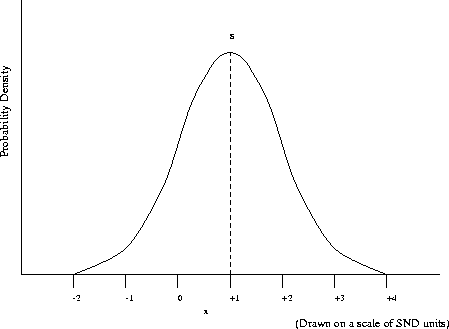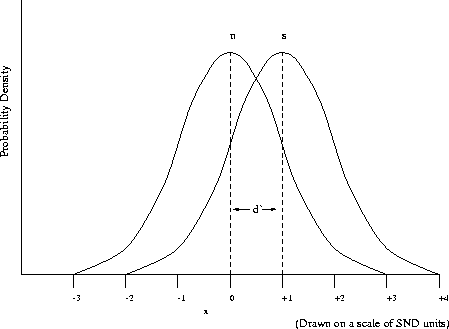
Figure 9.2: Activity associated with signal distribution
The prerequisite for assessing progress is an adequate measure of the errors the recogniser produces and how these reduce over time. Unfortunately, it is not a simple matter to derive a measure of error performance.
As already mentioned, some measures of recognition performance mix up errors of segmentation and classification. Thus, one common kind of list of the types of events that might occur when comparing a human judge's labels with a machine's are:
The simplest type of error measure is the number of phonemes that the recogniser correctly recognises compared with the number the human judges correctly recognise. A basic (unresolved) problem for this measure is that if humans cannot provide ``perfect'' classifications, the machine may be receiving noisy data . Specifically in connection with assessing accuracy of classification, for example, the problem is what is the ``correct'' answer for phones that subjects do not agree on. This raises another issue specifically in connection with a particular technique that has been applied for assessing recognisers. The technique is signal detection theory (SDT) and the technique will first be outlined before problems in applying it to assess recognisers (both humans and machines) are discussed.
The basic idea behind SDT is that errors convey information concerning how the system is operating (in this respect, it is an advance on simple error measures). In the signal detection theory model, it is assumed that there is a distribution of activity associated with the event to be detected (e.g. recognition of phoneme A ). The recogniser is performing according to some criterion such that if activity is above the criterion, the recogniser (which can be a human or a machine) reports that the phoneme is present and below the criterion, subjects report that the phoneme did not occur. Usually, the threshold is set so that most but not all activity associated with a signal leads to that phoneme being recognised. Activity associated with the signal distribution above the criterion threshold results in signals being detected (hit) and those below are ``missed''. This is shown in Figure 9.2.

Figure 9.2: Activity associated with signal distribution
The abscissa is activity level and the distribution (in terms of Standard Normal Deviate units) represents the probability distribution of events associated with the signal (phoneme A ) at the various activity levels. The signals associated with other phones are ``noise '' in relation to the phoneme and they give rise to a distribution of noise activity which influences recognition . The noise distribution represents the probability distribution of activity levels and the criterion activity level is the same as that applied to the signal distribution. Most of the noise distribution on processes associated with good recognisers will be below the criterion but some will be above. When activity associated with the noise distribution below the criterion is encountered, subjects correctly reject this activity as being associated with phoneme A whilst when it is above this criterion, they incorrectly report a signal to have occurred - referred to in signal detection theory as a false alarm . This is shown in Figure 9.3.
The criterion is at the same activity level in each case, so the figures combine to give a complete model of the recognition process (see Figure 9.4).

Figure 9.3: Activity associated with noise distribution

Figure 9.4: Activity level associated with signal and noise distribution
The error classes described earlier are associated with the categories needed for a signal detection analysis as follows:
A way in which the effects of changing the criterion can be seen is by plotting the relationship between hits and false alarms.The trading relationship is referred to as a Receiver Operating Characteristic (ROC) .
The problem alluded to earlier in connection with SDT is distinguishing between what is signal and what is noise . In earlier work it has been assumed that human judges are capable of providing the ``correct'' answers. However, agreement between judges is notoriously low even for gross classifications (for instance, in the stuttering literature, inter-judge agreement about stutterings is as low as 60% for expert judges). The finer level of classification called for here would lead one to expect that agreement about phone classes would also be low.
Possible ways out of this dilemma are (1) improvement in psychophysical procedures and (2) (related) normalisation procedures across judges to obtain some composite level of agreement.